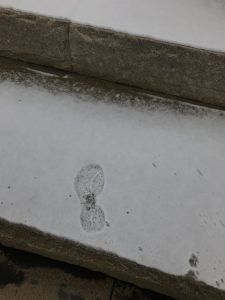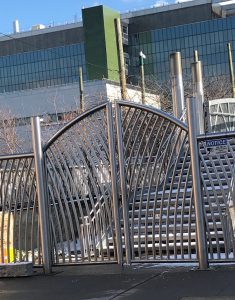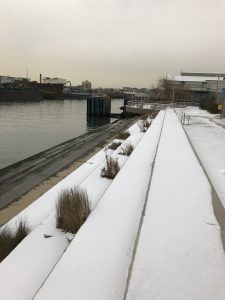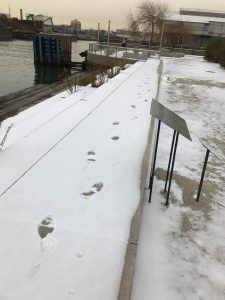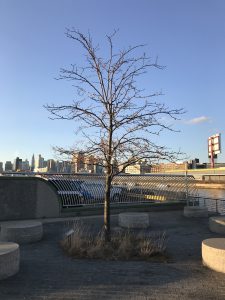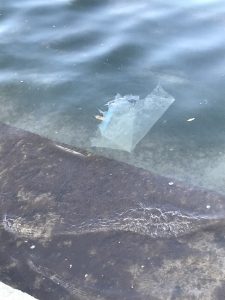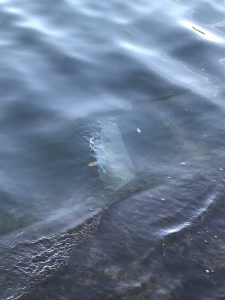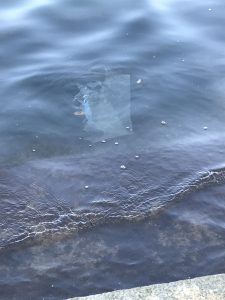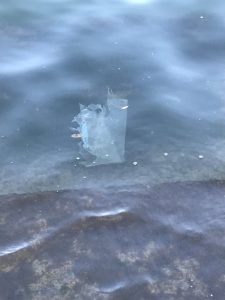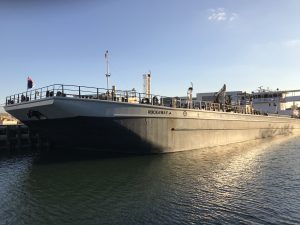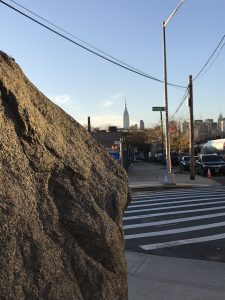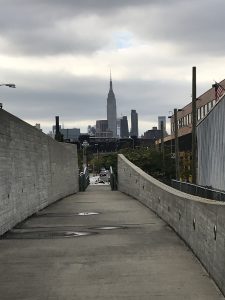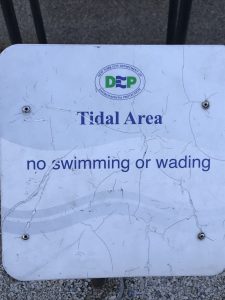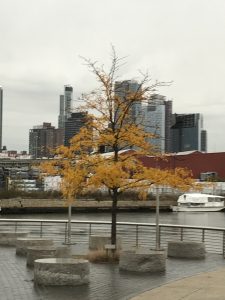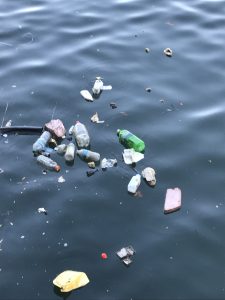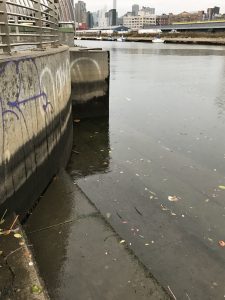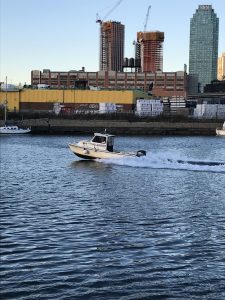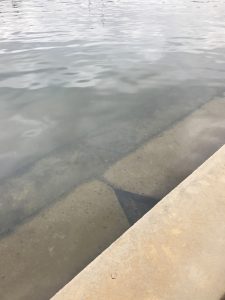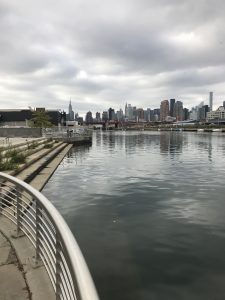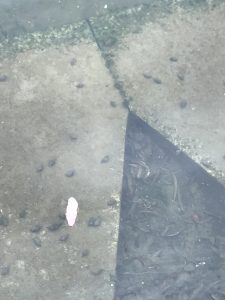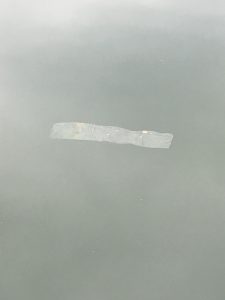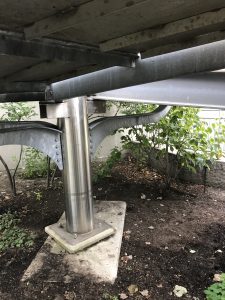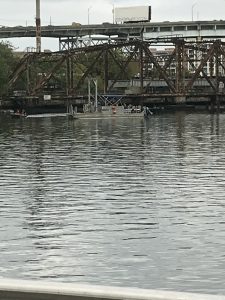[Orig posted 12/30/17]
The first day I planned to visit the Newtown Creek Nature Walk was July 16. I was hoping to convince my daughter to join me for a walk-through after spending the afternoon in the company of a certain roguish Rebel pilot’s version of Hamlet. She opted instead for Dylan’s Candy Bar.
I finally made it there on October 14, in the company of three of my very favorite people.
One strange thing: I kept thinking about beauty, and about design. I always think clear water is beautiful, no matter what’s beneath the surface. The plastic floatable bears a semi-translucent charm. What do we want beauty to do for us?
I went back on Nov 7 (Election Day!) and again on Nov 17. I thought different things on the different days.
17 November: Plastic debris hugged the shoreline of Whale Creek like a vision of our shared future. In the company of plastic — that’s the world we’re moving into. In chilly sunshine, the bright colors looked just a bit inviting.
7 November: On this visit I read the description of the Nature Walk on a sign that presumably had been written by George Trakas, who designed the space in 2007. The area was meant to represent a “vibrant intersection where multiple histories, cultural identities, and geologic epochs coexist.” I like that capacious vision in which multiplicity and uneasiness together create ecological art. Shivering a little on this wet afternoon, I wondered about coexistence and its difficult durations.
A fourth trip on a gloriously warm Dec 1.
December 1, 2017, was a glorious spring afternoon in the anti-climate. For the first time since I brought some of my favorite people with me in October, I wasn’t alone in post-Nature. Coming back to Newtown Creek was like coming into community with entities that I don’t yet know well.
It took me two tries to get inside the Walk on Dec 14-15, because on the first day the gate was closed due to snow.
What wise words does the silent Creek speak about transition? What’s changing, in and under and near that toxic water?
Heading back on Jan 5th with a crew of MLA-ers!


